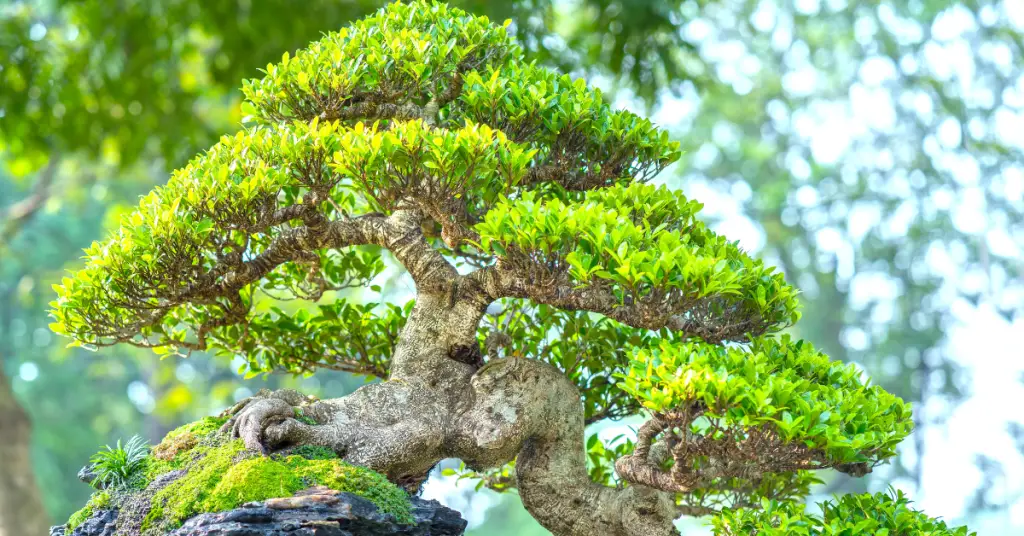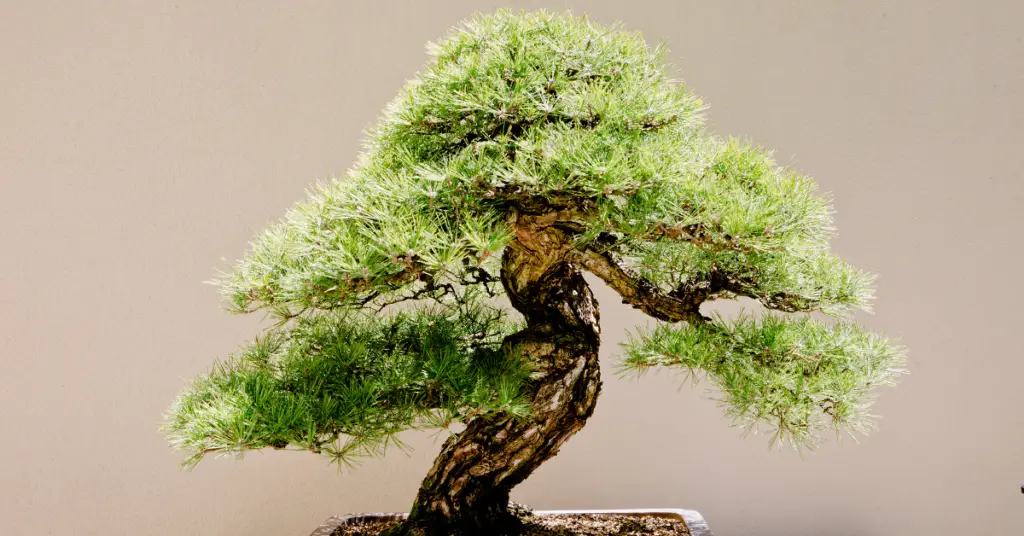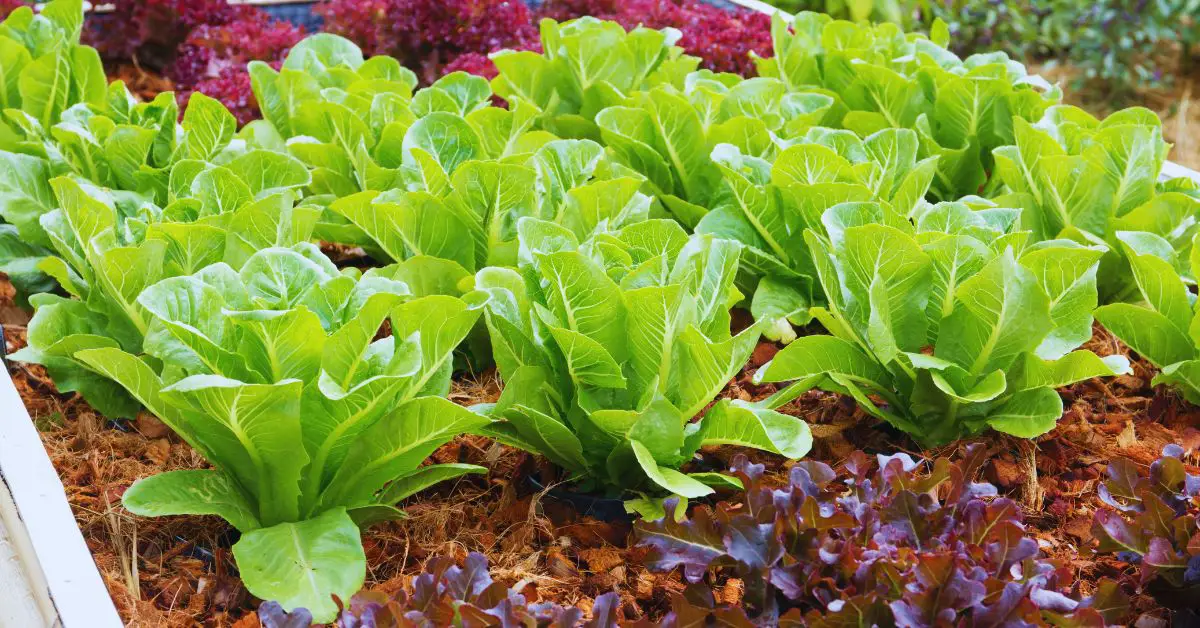Can bonsai trees be grown indoors? Yes, bonsai trees can thrive indoors with proper care. Choose suitable indoor species like Ficus or Jade. Provide sufficient indirect sunlight through a south-facing window or grow lights. Maintain humidity using trays, misting, or humidifiers. Water when the top inch of soil is dry, and avoid overwatering. Regular pruning, shaping, and repotting are essential for indoor bonsai care.
Key Takeaways
- Bonsai trees can be grown indoors with the right care and conditions.
- Indoor bonsai trees require proper lighting, either near a bright window or with the use of grow lights.
- Consistent indoor temperature and protection from drafts are essential for the health of indoor bonsai trees.
- Regular monitoring of soil moisture and following specific watering requirements is crucial for the well-being of indoor bonsai trees.
Can Bonsai Trees Be Grown Indoors?
Yes, many bonsai tree species can be successfully grown indoors. When it comes to choosing the best bonsai trees for indoor cultivation, there are several options to consider.
Species such as Ficus Ginseng, Ficus Microcarpa, Rosemary, Chinese Elm, Schefflera, Dwarf Jade, Sweet Plum, Fukien Tea, Snow Rose, and Money Tree have shown great adaptability to indoor conditions. These bonsai trees thrive when placed near a bright window or under grow lights to ensure they receive enough light.
It’s important to avoid exposing them to cold temperatures and drafts, as they prefer a stable environment. Regular pruning is necessary to maintain the desired shape, and careful watering is crucial to prevent overwatering or underwatering.

What Bonsai Varieties Are Best For Growing Indoors
Based on my research, the best bonsai varieties for growing indoors include Ficus, Fukien Tea, Chinese Elm, Chinese Sweet Plum, and Dwarf Jade. These species are well-suited for indoor cultivation due to their ability to thrive in indoor climates and their low-maintenance nature.
Ficus
I prefer growing Ficus bonsai varieties indoors because of their adaptability to indoor conditions. Ficus trees, such as Ficus benjamina and Ficus elastica, originate from tropical or sub-tropical climates and are highly recommended for indoor growth.
These species, known as weeping fig and rubber plants, respectively, thrive indoors due to their ability to adapt to indoor conditions. Ficus bonsai trees are suitable for indoor cultivation, making them ideal choices for bonsai enthusiasts who desire to grow trees indoors.
These trees can be placed near a bright window or supplemented with grow lights to ensure they receive sufficient light. Additionally, it’s important to protect them from cold temperatures and drafts. Proper pruning and careful watering are also necessary for the healthy growth of Ficus bonsai trees indoors.
Fukien Tea
One popular indoor bonsai variety for growing indoors is the Fukien Tea. Fukien Tea bonsai trees, also known as Carmona, are well-suited for indoor cultivation and can thrive in the right conditions. These trees have glossy green leaves and gray bark, giving them a delicate appearance.
When growing Fukien Tea bonsai trees indoors, it’s important to provide them with sufficient natural light, as they require bright conditions to flourish. Placing them near a sunny window or using grow lights can help meet their light requirements. Additionally, maintaining consistent temperatures above 70°F is beneficial for their growth.
Pruning the Fukien Tea bonsai trees regularly helps produce thick branches and dense foliage. However, it’s crucial to handle the trunks and branches with care, as they can become brittle over time and when exposed to cold temperatures.
To ensure the health and well-being of Fukien Tea bonsai trees, it’s necessary to research and understand their specific care requirements.
Chinese Elm
Continuing the discussion on bonsai varieties suitable for indoor cultivation, a highly recommended option is the Chinese Elm. This versatile tree is well-suited for both indoor and outdoor growth, making it an excellent choice for beginners interested in indoor bonsai trees.
Here are some reasons why Chinese Elm is a great option for indoor growing:
- Adaptability to indoor environment: Chinese Elm thrives in the controlled environment typical of indoor settings, making it easier to maintain and care for indoors.
- Aesthetic appeal: With its small attractive leaves and striking yellow fall colors, the Chinese Elm bonsai tree adds visual interest and beauty to indoor spaces.
- Hardy and easy to prune: Chinese Elm is resilient and responds well to pruning, making it ideal for shaping and maintaining as an indoor bonsai specimen.
- Flexibility for indoor bonsai enthusiasts: Chinese Elm can be kept indoors during winter and moved outdoors during summer, providing flexibility and variety for indoor bonsai enthusiasts.
Chinese Sweet Plum
Moving on to another bonsai variety that’s well-suited for indoor cultivation, let’s explore the Chinese Sweet Plum.
The Chinese Sweet Plum bonsai tree is an excellent choice for indoor growth due to its adaptability and unique aesthetic characteristics. This bonsai variety thrives in temperatures ranging from 55 to 75°F, making it suitable for indoor environments. It doesn’t require full sun, making it easier to find a suitable spot near a bright window or under grow lights.
Additionally, the Chinese Sweet Plum bonsai tree features bark that peels in an artistic and unique fashion, adding to its visual appeal. To ensure its health and vitality, it’s important to carefully water this bonsai variety, avoiding both overwatering and underwatering. Placing the Chinese Sweet Plum bonsai on a humidity tray can also help maintain optimal moisture levels.
With its adaptability to indoor conditions and visually appealing bark, the Chinese Sweet Plum bonsai tree is a popular choice for indoor cultivation.
Dwarf Jade
I love growing bonsai trees indoors, and one variety that I highly recommend is the Dwarf Jade. This particular bonsai specimen is well-suited for indoor cultivation for several reasons.
- The Dwarf Jade bonsai has small leaves, which make it ideal for creating the intricate and delicate appearance that bonsai trees are known for.
- Its low-maintenance nature and ability to thrive in full sunlight, even indoors, make it an attractive choice for bonsai growing enthusiasts.
- Ample natural light is essential for the healthy growth of Dwarf Jade bonsai trees.
- Controlling watering and ensuring suitable humidity levels are also important factors in successfully cultivating this bonsai variety indoors.
Benefits of Growing a Bonsai Indoors
Because bonsai trees can be grown indoors, there are numerous benefits to cultivating them in the comfort of your own home.
When it comes to indoor bonsai, certain species are best suited for this environment. Bonsai trees such as Ficus Ginseng, Ficus Microcarpa, Rosemary, Chinese Elm, and Schefflera are among the best indoor options.
One advantage of growing bonsai indoors is the ability to control the indoor temperature and maintain a stable climate, protecting the trees from extreme outdoor conditions. Additionally, indoor bonsai trees thrive in low humidity, which can be easily regulated indoors. Air conditioning can also help create the ideal environment for these trees.
What Kind of Care Is Involved With Growing Bonsai Indoors?
To successfully grow bonsai trees indoors, proper care and attention are essential. Here are some key considerations for caring for indoor bonsai trees:
Lighting
Place the bonsai tree near a bright window or use grow lights to provide adequate light.
Avoid direct sunlight, as it can scorch the leaves, and ensure that the tree receives indirect, filtered light.
Temperature and Drafts
Maintain a consistent indoor temperature between 60-75°F (15-24°C) to promote healthy growth.
Avoid exposing the bonsai tree to cold drafts, as they can cause stress and damage to the tree.
Watering
Regularly monitor the soil moisture and water the bonsai tree when the soil begins to dry out.
Be careful not to overwater or underwater the tree, as both can be detrimental to its health.
Where Should You Put Your Indoor Bonsai Tree For Optimal Growth?
Placing your indoor bonsai tree near a bright window or using grow lights is essential for optimal growth. Indoor bonsai trees require sufficient light to support photosynthesis and maintain their health. Positioning them in areas with bright, indirect sunlight allows them to receive the necessary light without direct exposure, which can lead to scorching.
It’s important to avoid cold drafts as well, as bonsai trees are sensitive to temperature fluctuations. To ensure uniform growth, regularly rotate your indoor bonsai tree in relation to the light source.
If natural light is insufficient, supplemental lighting may be necessary to provide the small bonsai tree with the light it needs. Consider using diffusing material on windows to prevent scorching and provide diffused light, which promotes optimal growth.

What Are Some Things To Watch Out For When Growing Bonsai Indoors?
One important thing to watch out for when growing bonsai indoors is the amount of water you give them. Overwatering or underwatering can be detrimental to the health of your bonsai trees.
Here are some things to keep in mind:
- Soil: Ensure that the soil you use for your indoor bonsai trees has good drainage to prevent waterlogging. It should retain enough moisture for the roots while allowing excess water to escape.
- Temperature: Bonsai trees have specific temperature requirements, so it’s essential to maintain a suitable indoor temperature range for their optimal growth. Avoid exposing them to extreme temperatures or drafts.
- Light: Indoor bonsai trees require sufficient light to thrive. Place them near a bright window or consider using grow lights to provide the necessary light intensity.
5 Tips For Growing Bonsai Indoors
Positioning your indoor bonsai tree near a bright window or using grow lights is essential for its healthy growth. Bonsai trees require adequate light to thrive, so it’s important to ensure they receive enough light without being exposed to direct sunlight or cold drafts.
If natural light is insufficient, consider using supplemental lighting or diffusing material to provide the necessary light for your bonsai. Maintaining a stable temperature between 65 and 75 degrees Fahrenheit is also crucial for indoor bonsai growth.
Adjust air circulation and consider supplemental heating if necessary to create the ideal indoor conditions for your bonsai. By carefully managing temperature and light, you can create a nurturing environment for your indoor bonsai trees and promote their healthy and vibrant growth.
Frequently Asked Questions
Can Bonsai Trees Survive Indoors?
Yes, bonsai trees can survive indoors. They require proper care, like placing them near a bright window or using grow lights, avoiding cold temperatures and drafts, regular pruning, and careful watering.
Where Should I Put My Bonsai Tree in My House?
I recommend placing your bonsai tree near a bright window or using grow lights indoors. Avoid cold drafts and extreme temperatures. Regular pruning and careful watering are important. Research specific care requirements for different bonsai species.
Do Bonsai Trees Need Direct Sunlight?
Yes, bonsai trees need direct sunlight. It is important to place them near a bright window or use grow lights indoors. Providing adequate sunlight is crucial for their growth and overall health.
Are Indoor Bonsai Trees Hard to Take Care Of?
Indoor bonsai trees can be challenging to care for due to specific lighting, temperature, and humidity requirements. However, with proper positioning, watering, and fertilization, they can thrive. Research on specific species’ needs is crucial for success.
Conclusion
In conclusion, bonsai trees can indeed be successfully grown indoors with proper care and attention. By selecting the right species, providing adequate light, protecting from cold temperatures, regular pruning, and careful watering, these miniature wonders can thrive inside our homes.
The benefits of growing bonsai indoors include bringing the beauty of nature indoors and creating a peaceful and tranquil atmosphere. With the right knowledge and dedication, anyone can enjoy the art of cultivating bonsai trees indoors.





